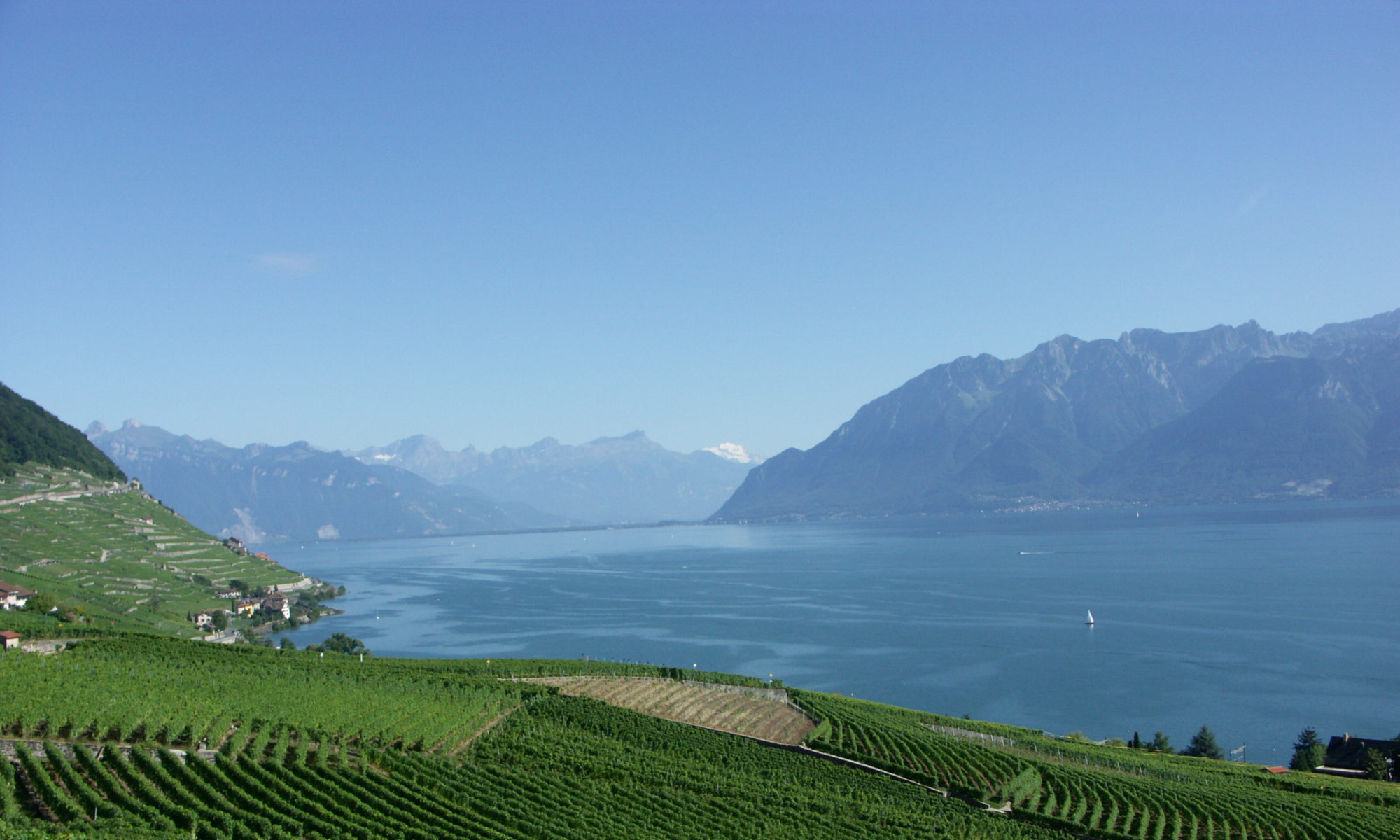To reply to this question use the “Leave a reply” box/field at the bottom of this page.
51 Replies to “Question 2: What are the top three areas where the capacities of National Hydrological Services need to be strengthened, in particular through international cooperation? What would be the difference in the case of a combined Hydrometeorological Service?”
Comments are closed.


La donnée hydrologique est collectée en surface, dans le sol et dans l’atmosphère. Parce que l’eau intervient dans tout ce qui concerne le social et donc l’être humain qui en retour en influence aussi bien la qualité que la quantité par le biais des différentes activités, il est indispensable que les enjeux liés à la disponibilité d’une eau de qualité soient au cœur des préoccupations. Pour cela, il faut une bonne connaissance du mouvement de circulation des eaux dans leurs différents compartiments et leurs différents états. Les SHN doivent disposer des compétences leur permettant d’avoir des informations sur la quantité et la qualité des ressources en eaux à travers la mise en place:
– des stations hydrologiques, hydrogéologiques et hydropluviométriques modernes,
– d’un réseau de surveillance de la qualité des eaux,
– d’un système de traitement et de modélisation des données quantitatives et qualitatives en vue de la fourniture de l’information hydrologique appropriée.
Au niveau des organismes de bassins, les données et informations doivent être partagées.
De nombreux secteurs nécessitent une combinaison de données hydrologiques et météorologiques, l’eau interagissant avec l’atmosphère, une dispersion dans la collecte des données est à éviter. Il se pose un problème de disponibilité de ressources financières pour assurer la pérennité du suivi des données hydrométéorologiques. De ce fait, une collaboration étroite entre ces deux services est nécessaire au sein d’une même entité gouvernementale. Ainsi, le développement des mécanismes visant à fournir ces ressources financières bénéficierait à l’ensemble de la structure comprenant le SHN et le SMN.
1. Hydrological Forecasting and prediction, combined with hydrological modelling.
2. Production of National Hydrological Status Reports on an annual / biannual basis
3. Determination / definition of optimal hydrological network.
4. Establishment of hydrological data base management systems that ensure and facilitate collaboration between, and coordination of hydrological services stakeholders. Aim to capitalise the entire hydrological value chain.
Top areas where capacities of NHSs to be strengthened:
Comprehensive monitoring of all components of hydrological cycle (surface and ground water) and their assessment in mutual interaction with other components of water cycle in the Earth (precipitation, evaporation, transpiration). In this view a close cooperation with meteorological service or combined hydro and meteorological service is useful.
Hydrological regime is strongly influenced by human activities in many basins from both quantitative and qualitative point of view. Monitoring of sources of influence and pollution and assessment of influenced regime is a great challenge not only for NHSs. In this view a close linkage of NHSs on respective water management and river basin institutions is necessary.
Concerning transboundary waters there is important linkage on regional water management bodies, as international water basin commissions (IKSE, ICPDR, ICPR) and EEA in Europe. NHSs as well as RA WMO should be more involved.
Hydrological services form the backbone of many important services to protect individuals and property from water-related risks. NHSs can benefit from enhanced capacity on pure hydrological activities, but also an improved understanding of hydrometeorological and climatological considerations on water resources. The information needs to be shared more effectively on both domestic and international levels within the hydrological community, but also between disciplines related to weather, water and climate. The three top areas to strengthened effectiveness include:
1. Improved real-time flow estimates and data:
Moving to real-time flow estimation is difficult, particularly in ice-covered rivers and during low and high extremes. Rating curve stability is always a problem and highly accurate real-time data can sometime be impossible to achieve. Sustaining and coordinating efforts in the realm of real-time flow estimation and corrections would be welcome.
2. International standards developed through the WMO:
International cooperation on determining standards for program outputs (data and information) that fall beyond the traditional water level and flow variables typical on NHS. This would include parameters such as water temperature, ice thickness, turbidity and ancillary information much like what we see in USGS GAGES programs such as basin area, basin characteristics and other important metadata.
3. Improving precipitation analysis and integration:
Analysis and re-analysis of hydro-meteorological products and services need to be a priority amongst NHS community. Currently, most meteorological services are focused on prediction and precipitation estimates (as an example) and do not align well with hydrological needs. NHS services should focus on information products that have longer historic timeframes and are spatially coherent. Water management and planning requires long histories at gauged and ungauged sites along with proper precipitation analysis for issue around dam safety, infrastructure design and reservoir management.
Four (4) main areas: i) Modernization of hydro-meteorological stations, ii) bathymetric measurements, iii) modeling of hydro-pedo-climatic systems (hydrological, soil and weather) more adapted and (iv) Diploma courses and / or capacity building Human Resources of the SHNs and SMNs in terms of practical training in operational hydrology;
The reunification of the SHNs and SMNs does not seem to us the ideal solution for the resolution of the various difficulties which hinder an effective hydrometeorological monitoring in the countries. This reunification seems to us more political than institutional.
It would be much better for WMO to bring its Member States to:
– raise the level of priority given to hydro-weather activities,
– strengthen the collaboration between their members by setting up a framework
of consultation including the SHNs, SMNs, the Universities and the weather issues research institutions